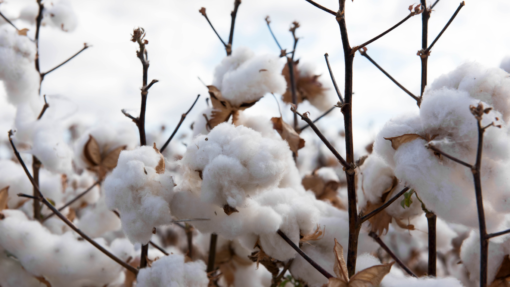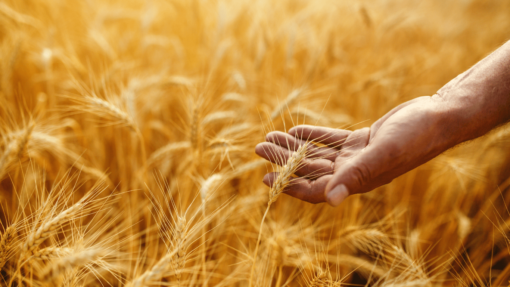Table 1. Projected Planted Area (‘000 of Acres)
| 2020 | 2021 | 2022 | |
| Soybeans | 83,354 | 87,195 | 90,955 |
| Corn | 90,652 | 93,357 | 89,490 |
| Other | 67,261 | 65,243 | 65,095 |
| Wheat (all) | 44,450 | 46,703 | 47,351 |
| Cotton (all) | 12,092 | 11,220 | 12,234 |
| Sorghum | 5,880 | 7,305 | 6,205 |
| Rice (all) | 3,036 | 2,532 | 2,452 |
| Peanuts | 1,663 | 1,585 | 1,571 |
| Total | 310,407 | 317,161 | 317,375 |
Data Source: USDA, Prospective Planting Report
On Thursday March 31, USDA released the Prospective Plantings report. Nationally, principal crop acres planted were projected at 317.375 million, up 214,000 acres compared to last year. Corn acres were projected at 89.490 million, down 3.867 million compared to last year. Soybean acres were projected at 90.955 million acres, up 3.76 million acres compared to last year. Cotton acres were projected up 1.015 million acres at 12.234 million acres. All wheat acres were projected at 47.351 million acres, up 648,000 compared to last year. Compared to projections released in February at the USDA Outlook Forum, March projections were for 2.51 million fewer acres of corn, 466,000 fewer acres of cotton, 2.955 million more acres of soybeans, and 649,000 fewer acres of wheat.
The change in projected acres planted from February to March estimates were not surprising considering price trends in February and concerns over high fertilizer prices. On December 1st, the 2022 harvest soybean-to-corn futures price ratio was 2.21 — a price that would historically favor planting corn over soybeans. By February 15th, the ratio had moved to 2.45 – a price ratio that would normally be neutral to favoring soybeans. From a cost of production standpoint, higher fertilizer prices create an input cost disadvantage for planting corn, , thus a ratio of 2.45 would definitely favor planting soybeans.
Markets reacted to the Prospective Plantings report mostly as expected with harvest contracts for corn up 27 ¾ cents, soybeans down 49 ¾ cents, cotton down 1.16 cents, and Chicago wheat down 21 cents. Moving forward, many producers likely have a good idea regarding what they are going to plant. Weather is the wild card that could shift acres. However, the price ratio moved in favor of corn after the Prospective Plantings report was released. The soybean-to-corn harvest futures price ratio on April 5th was 2.06 — strongly favoring corn. Will we see an increase in corn acres planted? The next USDA acreage estimate will be the June 30 Acreage report.
References and Resources:
USDA – National Agricultural Statistics Service (NASS). Prospective Plantings report. Accessed at: https://usda.library.cornell.edu/concern/publications/x633f100h
USDA – Office of the Chief Economist. Agricultural Outlook Forum. Accessed at: https://www.usda.gov/oce/ag-outlook-forum/2022-commodity-outlooks
Barchart.com. Accessed at: https://www.barchart.com/futures/grains?viewName=main
Smith, Aaron. “Less Corn, More Soybeans, Cotton, and Wheat Projected to be Planted in 2022″. Southern Ag Today 2(16.1). April 11, 2022. Premalink












